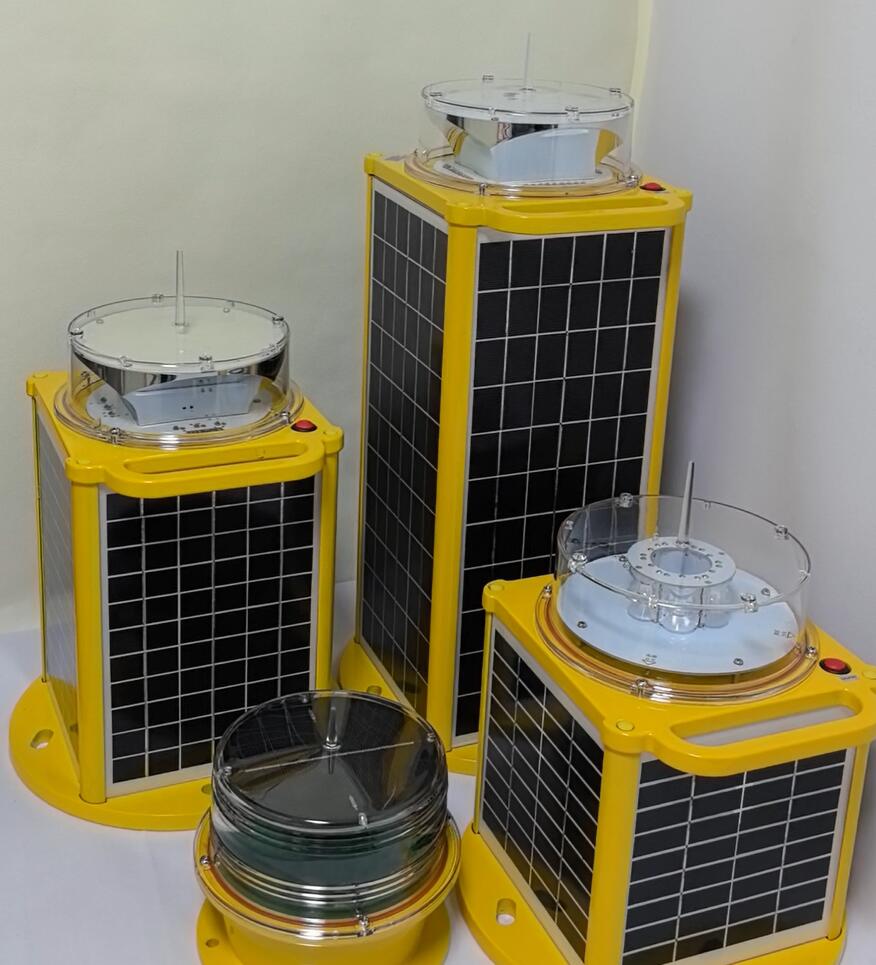Solar Powered Marine Lantern: Illuminating Waterways with Sustainable Technology
As maritime industries embrace green energy solutions, solar powered marine lanterns have emerged as vital navigation aids that combine reliability with environmental responsibility. These self-sufficient lighting systems harness solar energy to enhance marine safety while reducing carbon footprints across global waterways.
Core Advantages of Solar Powered Marine Lanterns
Energy Independence
Operates without grid connections
Eliminates fuel costs and logistics
Functions in remote marine locations

Enhanced Safety
Provides consistent illumination for navigation
Maintains operation during power outages
| solar powered marine lantern |
Reduces collision risks in congested waterways
Environmental Benefits
Zero greenhouse gas emissions
No risk of oil/fuel spills
Silent operation preserves marine ecosystems
Technical Specifications and Components
Solar Energy System
High-efficiency monocrystalline panels
| solar powered marine lanterns |
Weather-resistant tempered glass coating
Automatic sun-tracking in advanced models
Power Storage
Marine-grade lithium iron phosphate (LiFePO4) batteries
5-7 day backup capacity
Deep cycle capability for frequent discharges
Lighting Technology
LED arrays with 50,000+ hour lifespan
Adjustable brightness (50-500 lumens)
Multiple color options for specialized signaling
Durability Features
IP68 waterproof rating
Saltwater corrosion resistance
Impact-resistant polycarbonate housing
UV-stabilized materials
Key Applications in Marine Environments
Navigation Aids
Channel markers
Hazard buoys
Port entrance lighting
Safety Installations
Bridge illumination
Pier and dock lighting
Offshore platform markers
Commercial Uses
Aquaculture farm perimeters
Fishing zone demarcation
Cruise ship terminal lighting
Installation and Maintenance Considerations
Optimal Placement
Unobstructed solar exposure
Proper mounting height
Strategic positioning for maximum visibility
Routine Care
Monthly panel cleaning
Quarterly battery checks
Annual system inspections
Lens cleaning for optimal light output
Technological Innovations
The latest solar powered marine lanterns feature:
Smart Connectivity
Remote monitoring via satellite
Automatic fault reporting
Performance analytics
Adaptive Lighting
Motion-activated intensity
Weather-responsive operation
Self-dimming capabilities
Advanced Materials
Anti-fouling surfaces
Bird-friendly wavelengths
Recyclable components
Comparative Advantages Over Traditional Lighting
Feature Solar Marine Lantern Conventional Lantern
Power Source Renewable solar Grid/fuel-dependent
Maintenance Minimal Frequent
Operating Cost Near zero Significant
Installation Simple Complex wiring
Environmental Impact None Considerable
Global Impact and Adoption
The shift to solar powered marine lanterns demonstrates:
40% growth in maritime solar lighting installations
60% reduction in maintenance costs for port authorities
100% reliability improvement in developing nations
Significant decreases in light pollution
Selection Criteria for Marine Professionals
When choosing solar powered marine lanterns, consider:
Marine Certification
IALA compliance
COLREG standards
Regional maritime regulations
Performance Metrics
Luminous intensity
Beam pattern
Nighttime visibility range
Durability Factors
Storm resistance
Ice tolerance
Vandal-proof design
Future Developments in Marine Solar Lighting
Emerging trends include:
Integrated wind/solar hybrid systems
Submersible designs for floating applications
AI-powered predictive maintenance
Nanotechnology-enhanced solar cells
Biodegradable housing materials
Conclusion: A Bright Future for Marine Navigation
Solar powered marine lanterns represent more than just illumination—they embody the maritime industry's commitment to sustainable innovation. By combining renewable energy with robust marine engineering, these systems provide reliable navigation solutions while protecting delicate aquatic ecosystems.
As technology advances, we can expect solar powered marine lanterns to become smarter, more efficient, and increasingly integral to global marine infrastructure. For port authorities, naval architects, and marine operators, adopting this technology isn't just an environmental statement—it's a practical investment in safer, cleaner, and more efficient waterways.
